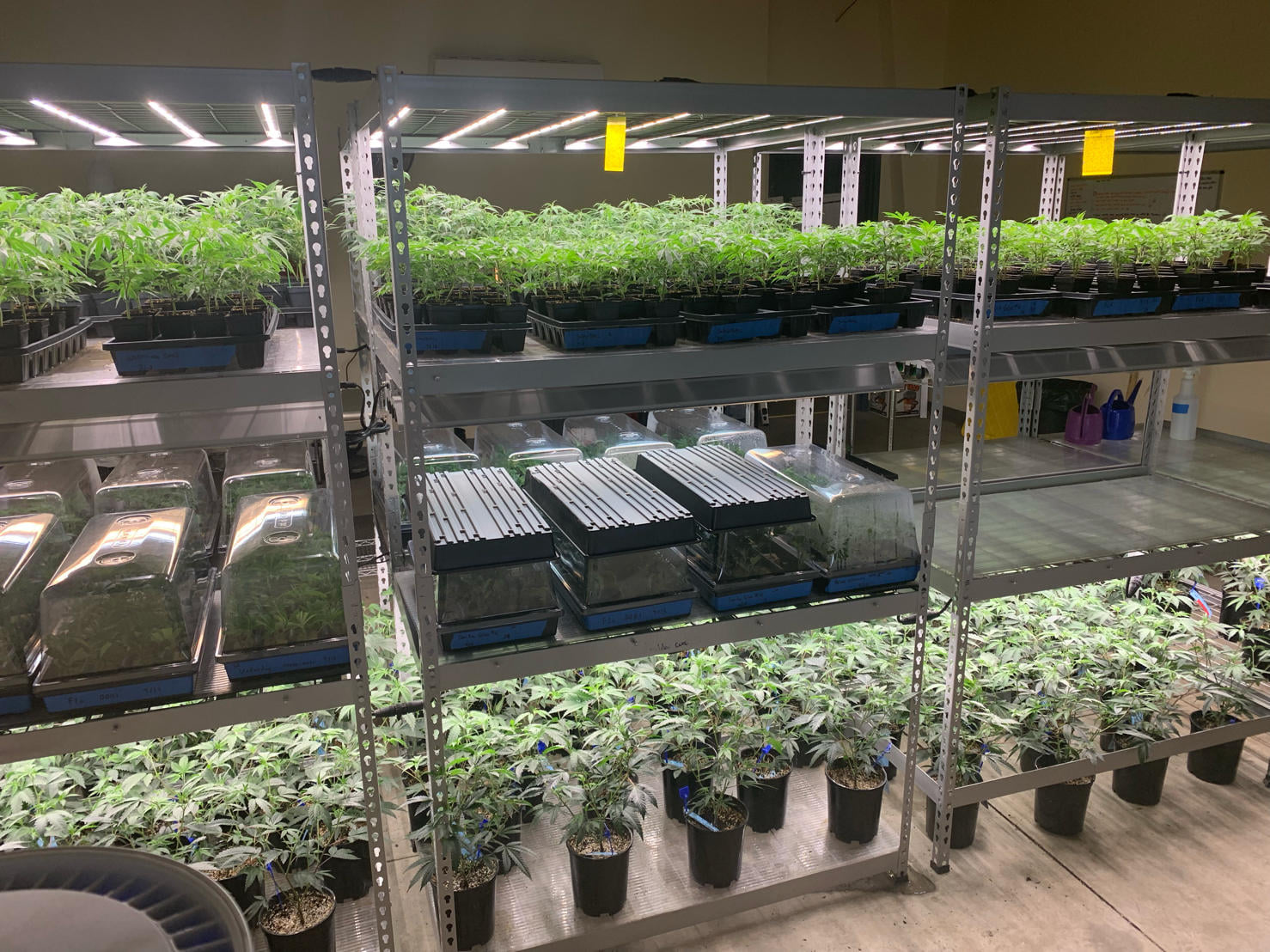Why Choose Led Plant grow lights for Vertical Farming
Vertical farming has emerged as a new and innovative way of growing crops in urban areas. It involves the use of high-rise buildings or other vertical structures to cultivate plants in a soil-less environment. The success of vertical farming largely depends on the quality and quantity of light that plants receive. This is where plant growth lights come in.
Plant growth lights are artificial light sources that mimic the spectrum of natural light. They are designed to provide the right amount and quality of light required for photosynthesis, which is the process by which plants create energy from light. In vertical farming, plant growth lights are used to replace natural sunlight and provide optimal conditions for plant growth.

The use of plant growth lights has numerous advantages in vertical farming. Firstly, it provides farmers with complete control over the light spectrum that plants receive, enabling them to customize the light conditions to suit specific crop requirements. Secondly, plant growth lights provide consistent light regardless of the weather conditions outside, ensuring that plant growth is not affected by external factors such as clouds or rain. This enables farmers to produce high-quality crops throughout the year. Thirdly, plant growth lights can be placed close to the plants, minimizing the loss of light intensity due to distance.
There are different types of plant growth lights available in the market. The most common ones are LED and fluorescent lights. LED lights are the most efficient and cost-effective type of plant growth lights, producing high-quality light while consuming less energy compared to other types. Fluorescent lights, on the other hand, are less efficient and more expensive than LED lights, but they are still widely used in vertical farming due to their ability to produce a wide range of the light spectrum.
The type and intensity of light required by plants vary depending on the stage of their growth. In general, plants require more blue light during the vegetative stage and more red light during the flowering and fruiting stages. Plant growth lights can be programmed to deliver specific light spectrum and intensity to suit the growth stage of specific crops.

In addition to providing optimal conditions for plant growth, plant growth lights also have a positive impact on the environment. Vertical farming requires less water and fertilizers compared to traditional farming methods, reducing the amount of run-off and pollution in the environment. Moreover, vertical farming reduces the carbon footprint of food production by eliminating the need for the transportation of crops from remote rural areas to urban centers.
In conclusion, the use of plant growth lights is an essential component of vertical farming. It provides farmers with complete control over the light spectrum and intensity, enabling them to produce high-quality crops throughout the year. Plant growth lights not only have economic benefits but also have a positive impact on the environment by reducing water wastage, pollution, and carbon footprint. As the population of urban areas continues to grow, the demand for fresh and healthy food produced locally will increase, and vertical farming with plant growth lights will play an increasingly important role in ensuring food security in urban areas.